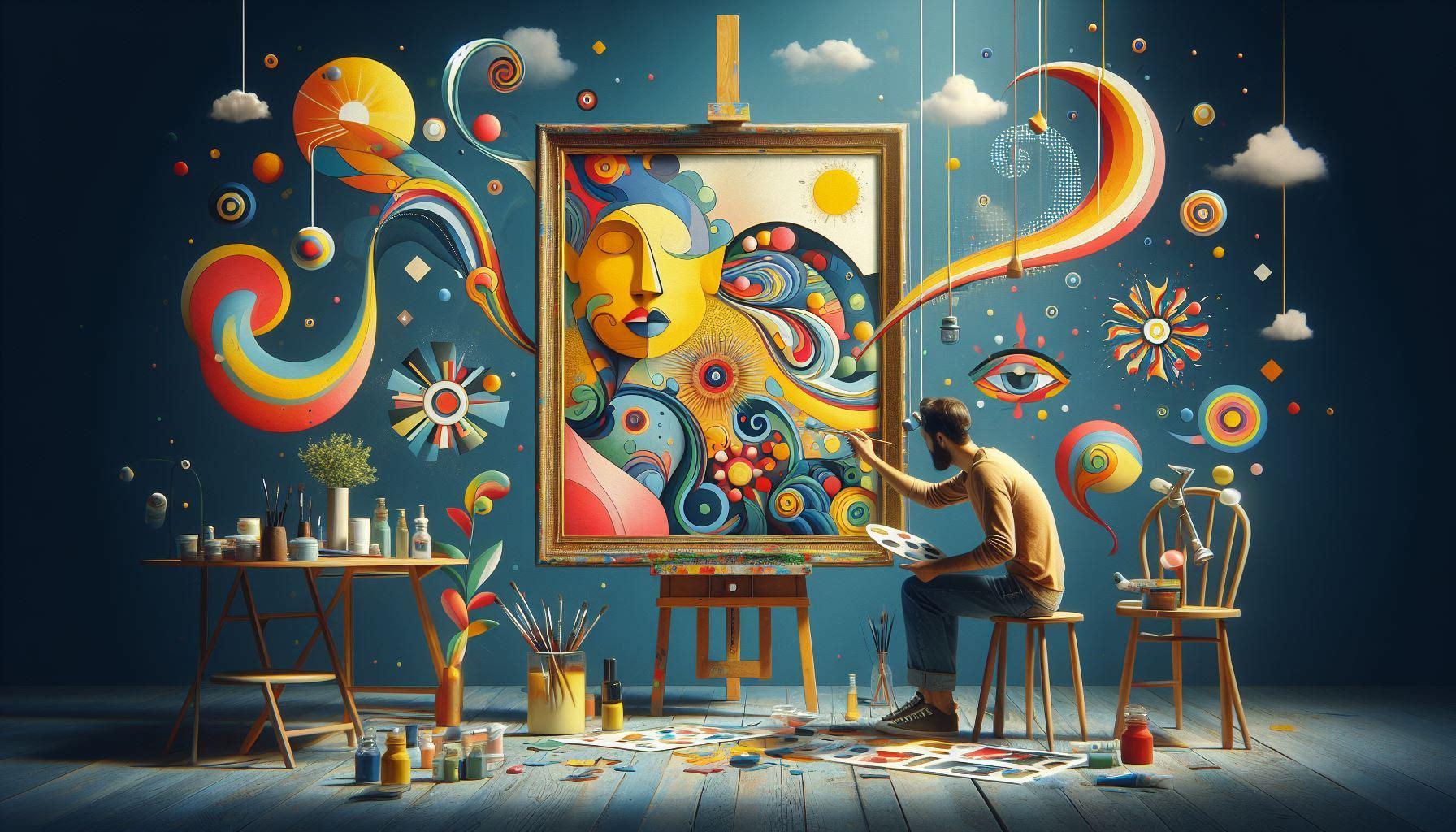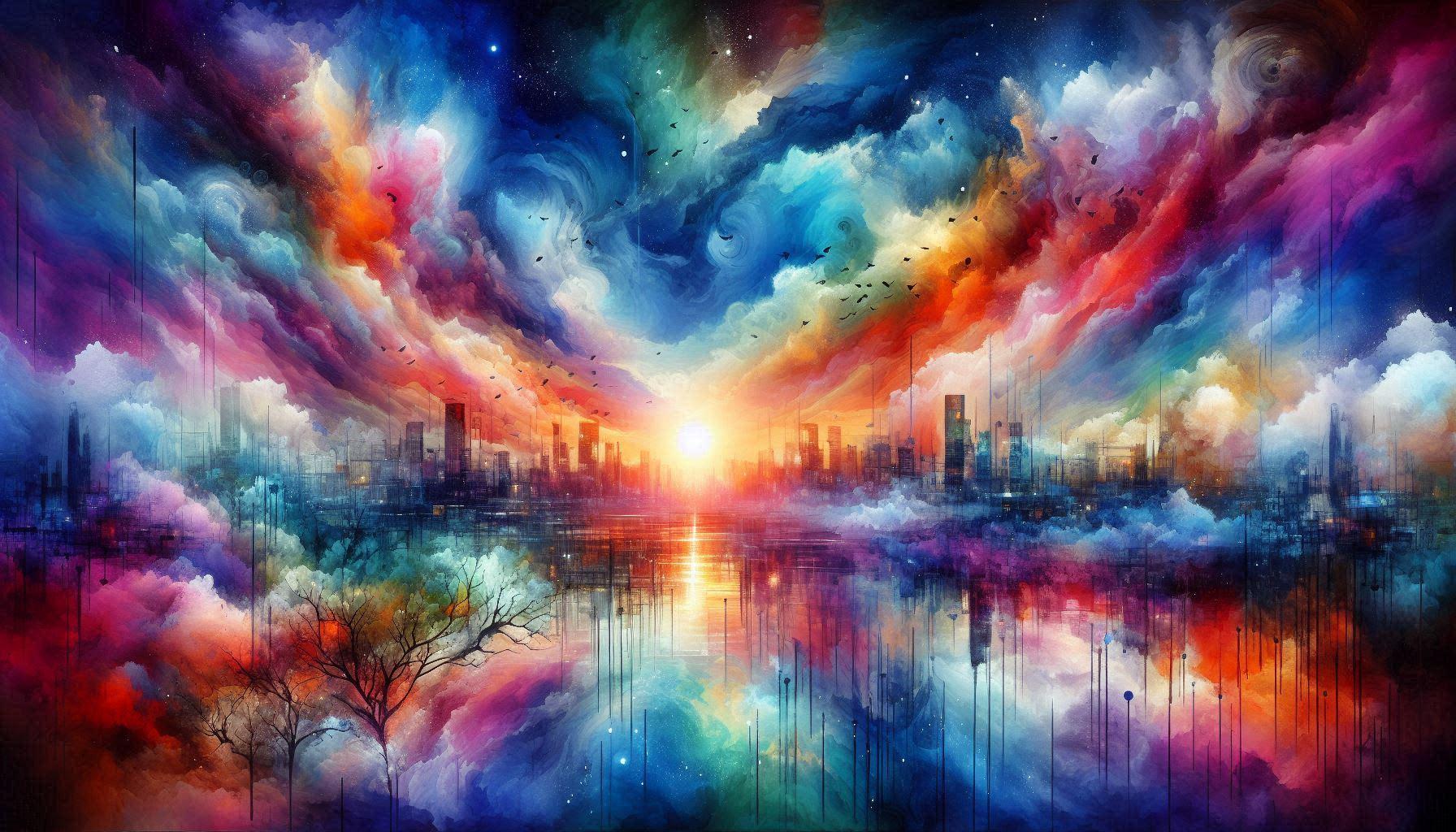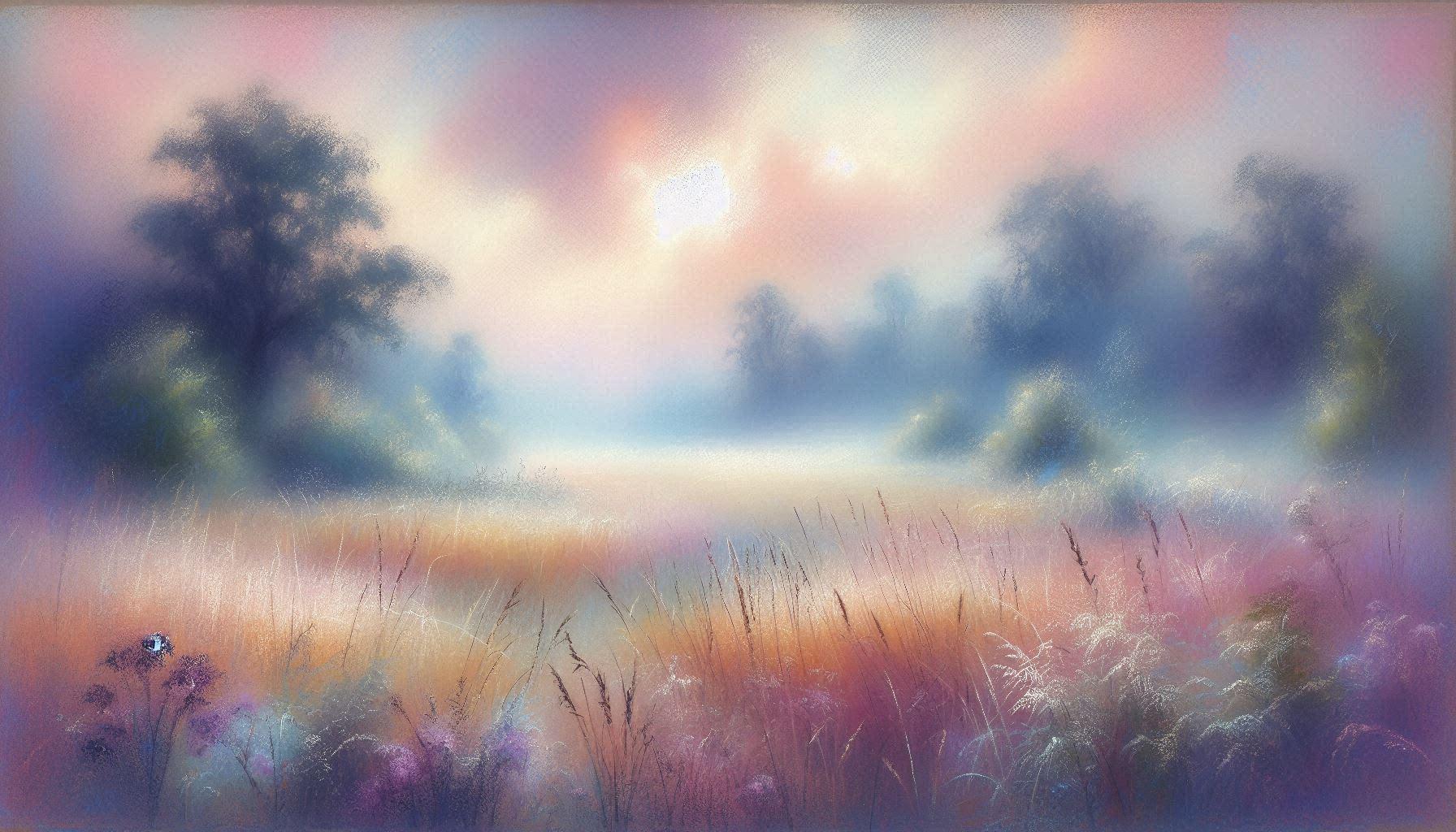Art has always been a reflection of human creativity and expression, serving as a medium to communicate emotions, ideas, and cultural narratives. With the advent of digital technology, the artistic landscape has witnessed a remarkable transformation. One of the most intriguing developments in recent years is the emergence of digital AI art, where artificial intelligence algorithms are utilized to generate or assist in the creation of artwork. This has sparked a debate within the art community and beyond about the validity of AI-generated art as a legitimate artistic medium. This article aims to delve into this debate, exploring the unique qualities, challenges, and potential of digital AI art
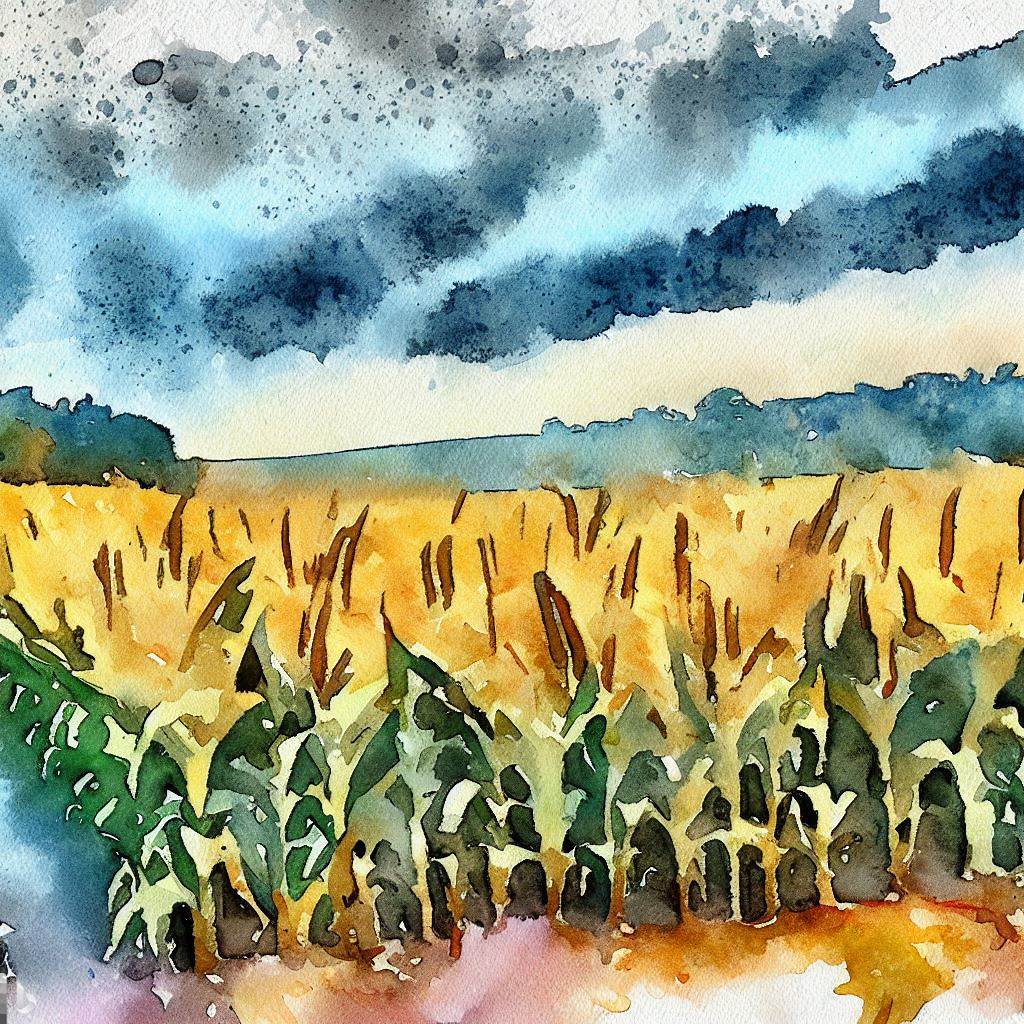
Defining Digital AI Art
Digital AI art encompasses any artwork that involves the use of artificial intelligence algorithms or techniques in its creation process. This can range from AI algorithms generating entire artworks autonomously to artists utilizing AI tools as a collaborative tool to enhance their creative process. Machine learning algorithms, deep neural networks, and generative adversarial networks (GANs) are some of the technologies employed in this field.
The Validity of AI-generated Art
Critics argue that AI-generated art lacks the authenticity and intentionality associated with traditional human-generated art. They contend that true art is a product of human imagination, emotion, and personal experience. However, proponents of digital AI art argue that creativity can be defined more broadly and that AI algorithms have the potential to exhibit creativity in their own unique way. They argue that the role of the artist in this context becomes that of a curator, selecting and refining the outputs of the AI system.
Expanding the Boundaries of Artistic Expression
Digital AI art has the potential to push the boundaries of artistic expression. AI algorithms can analyze vast amounts of data, enabling them to identify patterns, generate novel ideas, and explore artistic styles that may not have been previously considered. This opens up new possibilities for experimentation and innovation. Additionally, AI algorithms can simulate the artistic styles of renowned artists, providing opportunities for artists to explore new techniques and reinterpret historical art movements.
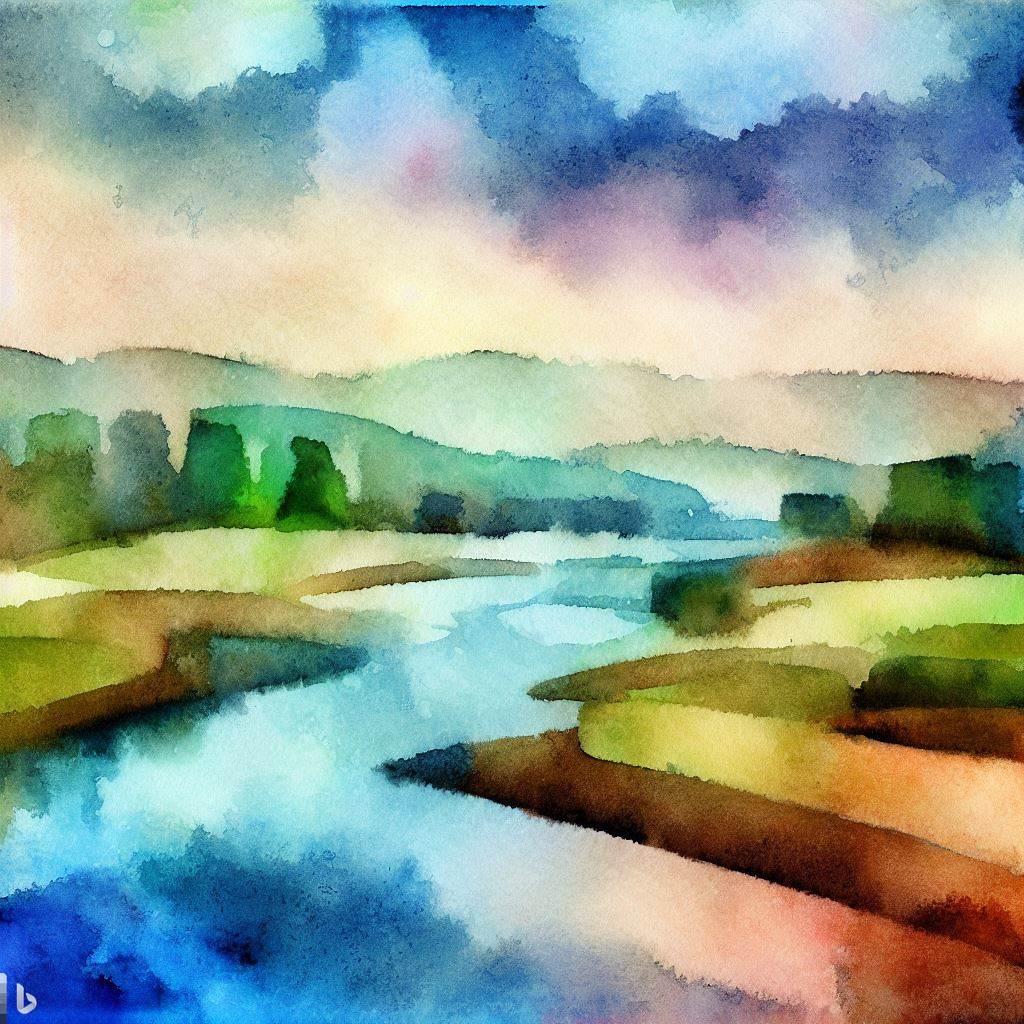
Challenges and Ethical Considerations
While digital AI art offers exciting prospects, it also raises important challenges and ethical considerations. One concern is the issue of authorship and ownership. Who should be credited as the creator when AI algorithms generate artwork? Another concern is the potential for AI art to perpetuate biases present in the training data, leading to unintentional discrimination or reinforcing existing social inequalities. Striking a balance between AI assistance and maintaining the artist’s creative agency is crucial to ensure the integrity and authenticity of the art.
Appreciating the Role of the Artist
The debate surrounding digital AI art should not diminish the role of the artist. Artists working with AI tools bring their unique vision, expertise, and subjective decision-making to the creative process. Their ability to conceptualize, interpret, and refine the AI-generated outputs ensures that the final artwork reflects their artistic sensibilities.
The Future of Digital AI Art
The field of digital AI art is still evolving, and its full potential is yet to be realized. As AI technology continues to advance, we can expect further advancements in generative algorithms, resulting in more sophisticated and nuanced AI-generated art. This progress will likely fuel ongoing discussions about the nature of art, creativity, and the evolving role of the artist in the digital age.
Who owns AI Images?
The question of ownership regarding AI-generated images is a complex and evolving legal and ethical issue. It does not have a straightforward answer and may vary depending on the jurisdiction and specific circumstances. Here are some key aspects to consider:
- Copyright: In most jurisdictions, copyright protection is granted to the original creator of a work. However, when AI algorithms generate images, determining the “creator” becomes less clear-cut. Generally, if a human artist uses AI as a tool or collaborator, they would likely be considered the author and copyright owner of the resulting work. But if an AI system autonomously generates an image, the question of ownership becomes more complex. Some argue that the AI system itself should be considered the creator, while others argue that the human programmer or the person who trained the AI should retain ownership.
- Legal Frameworks: Different countries have different laws and regulations regarding copyright and intellectual property. In some jurisdictions, copyright law explicitly requires human authorship, which could exclude AI-generated works from copyright protection. However, there are ongoing debates and discussions about updating legal frameworks to address AI-generated works and determine ownership.
- Terms of Use and Licensing: Ownership rights can be transferred or licensed by the creator to another party. In the case of AI-generated images, the person or organization that owns the AI system or the dataset used for training may claim ownership. They can then decide how the images can be used, licensed, or sold.
- Contracts and Agreements: When working with AI-generated images, it is essential to have clear agreements and contracts in place that specify the rights and ownership of the artwork. Contracts can outline the roles and responsibilities of all parties involved, including the artist, AI developer, and any other stakeholders.
- Moral and Ethical Considerations: While legal frameworks may address ownership, there are broader moral and ethical considerations to contemplate. Questions arise about the appropriateness of profiting from AI-generated works without acknowledging the AI’s contributions or the potential exploitation of AI systems trained on the works of other artists. These considerations may influence the development of guidelines and ethical standards within the art community.
It’s worth noting that the laws and regulations surrounding AI-generated images are still evolving, and there is no universally accepted approach to determining ownership. As the field progresses, legal and ethical frameworks are likely to adapt to provide more clarity and address the unique challenges posed by AI-generated artworks.
Conclusion
Digital AI art represents a fascinating and dynamic intersection of creativity and technology. While opinions on its validity as an artistic medium may differ, there is no denying its potential to challenge traditional notions of art and expand the boundaries of artistic expression. As the field continues to evolve, it is important for artists, critics, and society at large to engage in thoughtful discussions, addressing the ethical considerations and embracing the opportunities presented by this new artistic frontier.
